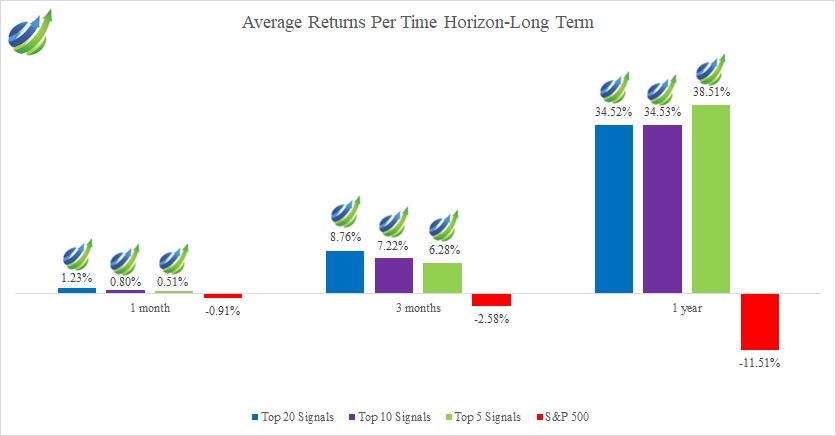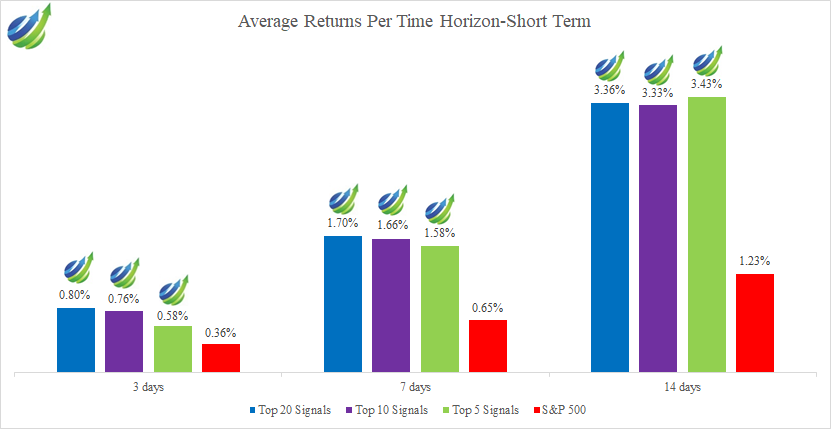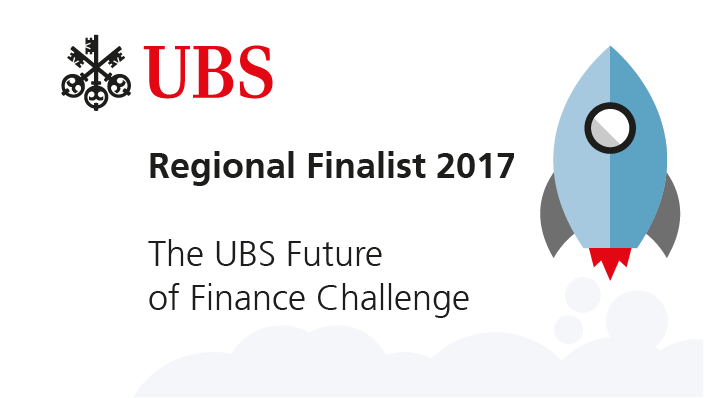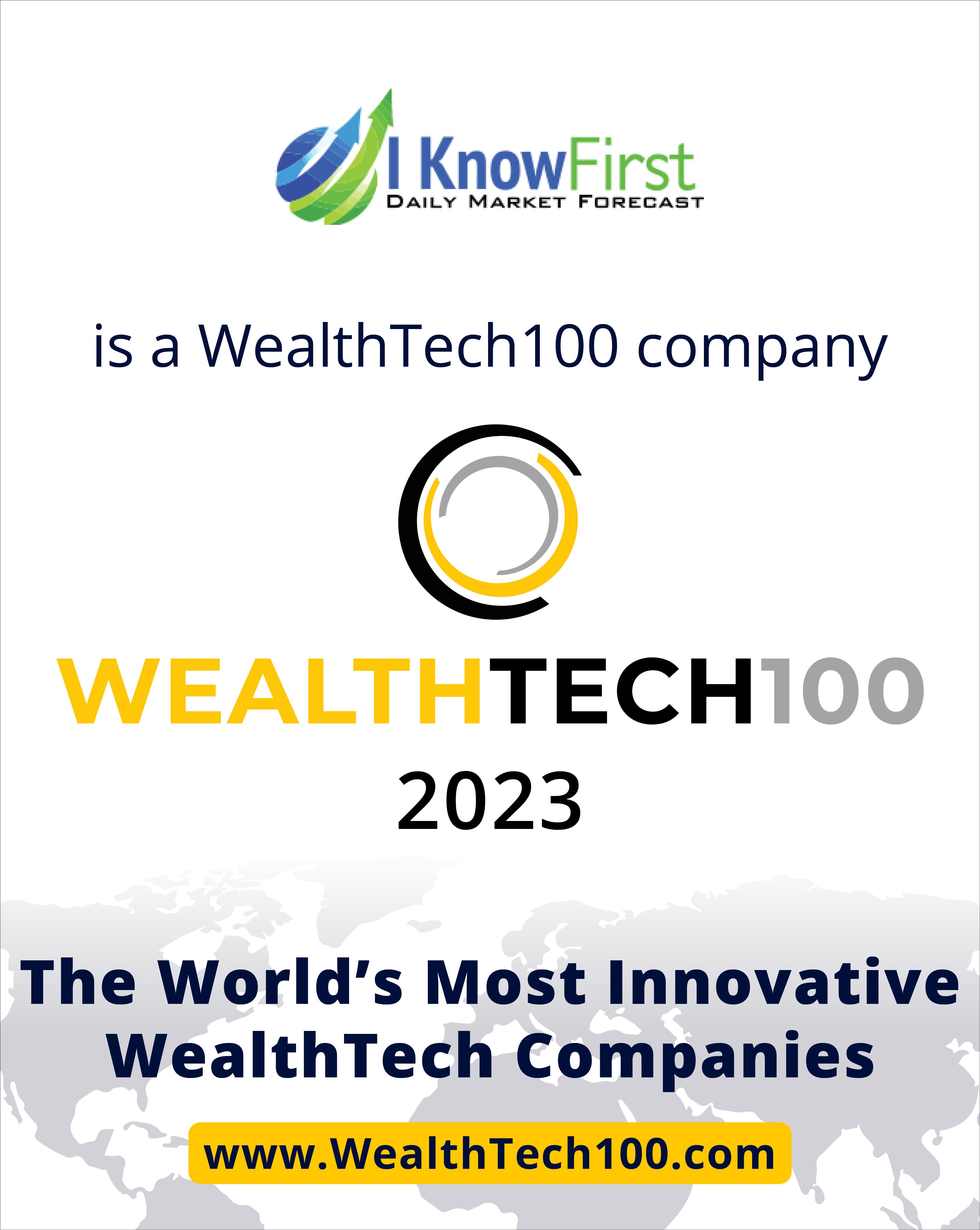Disclaimer:
I Know First-Daily Market Forecast, does not provide personal investment or financial advice to individuals, or act as personal financial, legal, or institutional investment advisors, or individually advocate the purchase or sale of any security or investment or the use of any particular financial strategy. All investing, stock forecasts and investment strategies include the risk of loss for some or even all of your capital. Before pursuing any financial strategies discussed on this website, you should always consult with a licensed financial advisor.



 Read The Full Premium Article
Read The Full Premium Article This PWR Stock Forecast article was written by Justin Cohen - Financial Analyst at I Know First
This PWR Stock Forecast article was written by Justin Cohen - Financial Analyst at I Know First



 This MRO stock forecast article was written by Emily Adelson – Analyst at
This MRO stock forecast article was written by Emily Adelson – Analyst at 









